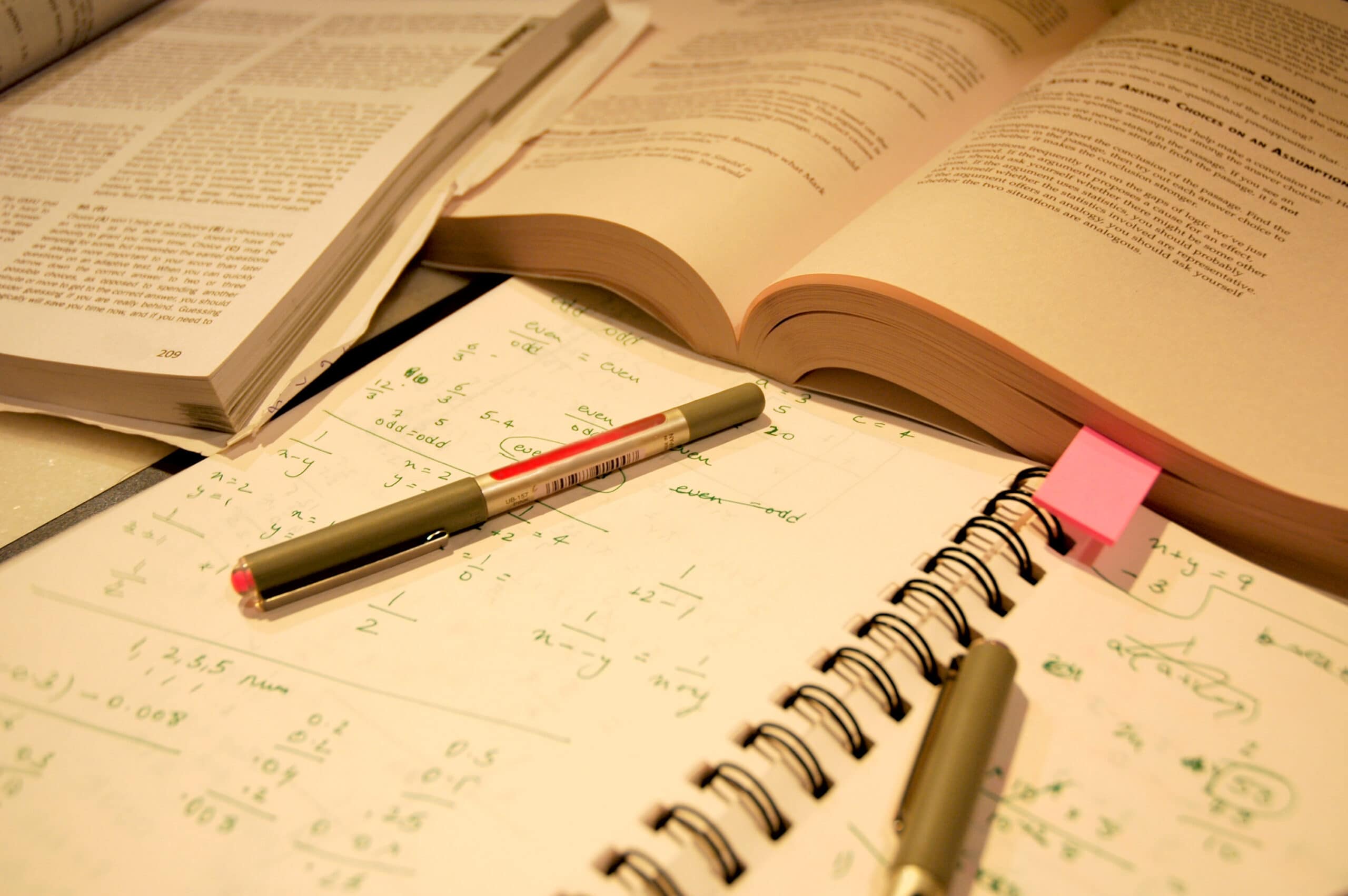If you’re reading this, you’re probably an exception, but most students aren’t. In fact, between 83.6 and 84% of students rely on rereading, a study strategy with low benefits.
There are better ways to study than rereading. Methods developed and researched by world-renowned learning scientists. Surprisingly few pupils know about them. That’s why knowing how to use them successfully can give you a leg up on the competition.
The seven finest study methods every student should know:
Contents
Spaced Repetition
Active Recall
Active recall, also known as retrieval practise or practise testing, is a study approach in which you test yourself over and over to actively recall knowledge (rather than merely reading or re-reading it).
For good reason, most students despise the word “test.” After all, tests and examinations can be extremely stressful because they are frequently used to determine academic performance.
Active recall, on the other hand, trains us to approach testing from a different perspective. We should not only prepare for tests, but also test ourselves.
This study method employs self-testing to help your brain recall, retain, and retrieve knowledge more quickly through flashcards, self-generated questions, and practise exams.
According to one study, students who took only one practise test before an exam obtained 17 percent better results the next day. Those who employed active recall and self-testing outperformed students who did not, according to two more studies published in 2005 and 2012, as well as a 2017 meta-analysis.
Active recall is the best study approach if you’re preparing for an impending exam. You’ll be able to ace any exam without cramming if you use active recall to test yourself dozens of times. If you use spaced repetition to perform numerous practise tests over a long period of time, you’ll be able to ace any exam.
Keep in mind, too, that active recall is one of the most exhausting study approaches on our list, despite its effectiveness. It necessitates a high level of mental focus, deep attention, and mental endurance.
Because active recall is a cognitively challenging technique, don’t expect to breeze through your learning materials with it.
Next, I’ll discuss the Pomodoro method, which is my favourite time management tool for students.
Feynman Technique
Richard Feynman came up with the Feynman Technique, which is a flexible, easy-to-use, and effective way to study. Simple: The best way to learn about any subject is by teaching it to a sixth-grade child.
This isn’t as cutting-edge as the super-optimized spaced repetition algorithms I talked about earlier, but it’s still a method that’s still useful nearly a century after it was invented.
The Feynman Technique is a powerful way to learn. It forces the learner to step outside of their comfort zone by breaking down even the most complicated topics into easy-to-understand chunks. Average sixth-graders can eat it, but it’s not very good for them.
This may look like a simple task at first. How hard could it be to explain something to a child? When you do this in real life, it can be hard because you have to simplify and explain everything in an age-appropriate way.
In the beginning, you’ll quickly realise that unless you fully understand the subject, meeting a child at their level of understanding is not easy at all.
All unfamiliar words must be explained and easy-to-understand complex ideas must be explained in simple terms.
You also need to understand how different topics and sub-topics are related, and you must be able to communicate what you have learned in a clear and concise way. The Feynman Technique makes you think more deeply about what you’re learning, which is why it’s a very good way to learn.
PQ4R Study Method
Thomas and Robinson, two scientists, came up with the PQ4R in 1972. It is a way to study. Preview, Question, Read, Reflect, Recite, and Review are the steps you take when you learn something new.
The name PQ4R stands for these steps: It’s used a lot to help people improve their reading comprehension, and it’s a must for people who have problems with reading.
However, PQ4R isn’t just useful for students who have trouble reading. If you want to better understand what you’re reading, you can follow the same six steps.
Improving your reading comprehension is a great goal for any student, and if you need to read through a lot of text for an exam, the PQ4R method can help. In this way, you will be able to understand all the text better, and you will be better able to remember it.
We can become better at synthesising information and reading text if we improve our reading comprehension. However, we must be careful not to let this strategy take up too much of our study time.
Many modern learning scientists don’t think reading is a good way to study, and it’s better to use other methods when you can.
This method of studying isn’t one I use very often, but I still think it’s a good one to have. When I need to get the most important parts out of a big book, I use the PQ4R to help me get through the information faster and improve my memory and retention.
The PQ4R is a good way to study, but it’s not the best way to do it.
SQ3R Study Method
It is called the SQ3R study method, and it was made by Francis P. Robinson in 1946. It was the first method to use. It’s been used for years and can be used for almost any subject.
The name stands for Survey, Question, Read, Recite, and Review. Method: It can be used to study anything faster and better than normal methods. It can also be used in a more organised way than normal methods, so you can learn more quickly.
Even though it was new at the time, the SQ3R study method has the same flaws as the newer PQ4R method. For one thing, it’s mostly used to improve reading comprehension, but now reading isn’t thought of as a good way to study.
Also, it doesn’t have the “reflection” part that the newer PQ4R study method has. This is another problem with the method.
In addition, three out of the five steps in this method are passive, like scanning, reading, and reviewing. Modern learning theories say that active retrieval is better for remembering information than passive reading, so this method doesn’t work very well.
So, when you don’t have the time to use a more powerful method like spaced repetition, you should use this method instead.
In this case, SQ3R is the best way to study because you only have a short time to do so, and your main source of information comes from a book. A good way to summarise the main points written in the source material is to use this method.
Conclusion: Top 7 Study Methods For All Types of Students
Quick Links:




